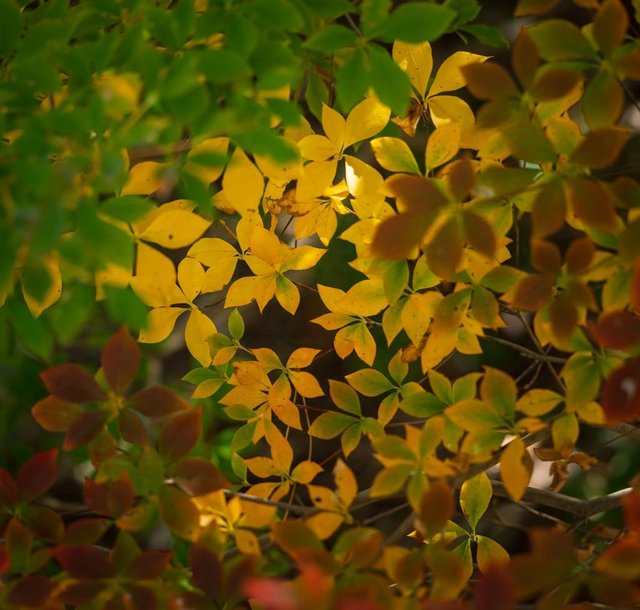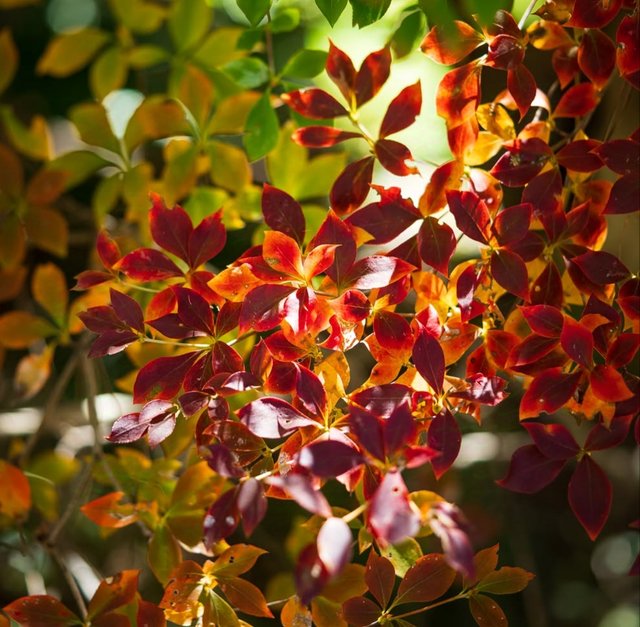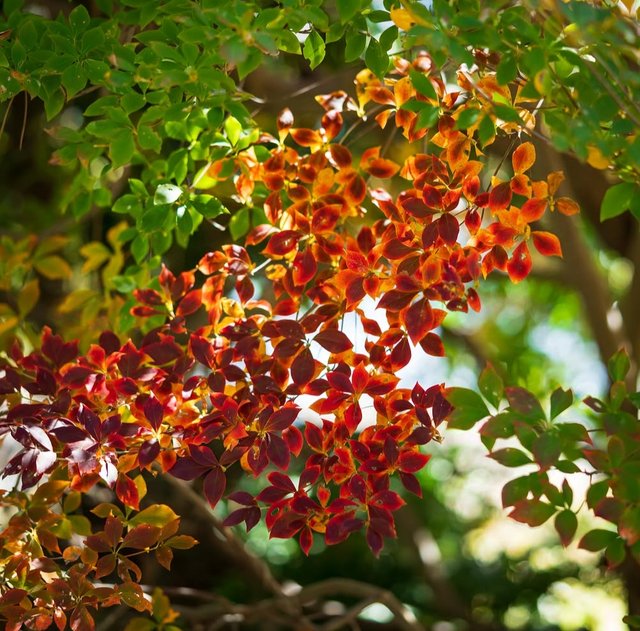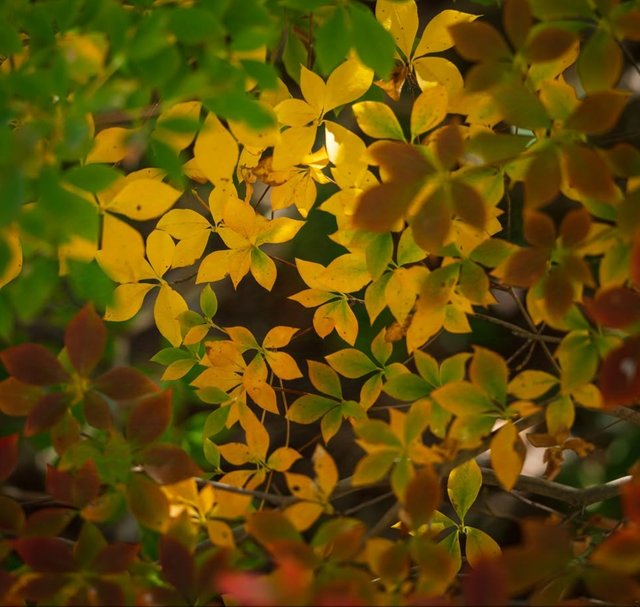So Beautiful Siberian Peashrub Left
Siberian Peashrub: A Versatile and Resilient Plant
The Siberian Peashrub, scientifically known as Caragana arborescens, is a deciduous shrub or small tree native to Siberia and parts of Central Asia. Its ability to withstand extreme climates, coupled with its ecological benefits and versatility, makes it a valuable plant for a wide range of applications. Whether used for soil improvement, animal forage, windbreaks, or ornamental purposes, this hardy plant has much to offer.
Characteristics of Siberian Peashrub
Siberian Peashrub typically grows to a height of 10-15 feet with a spread of about 6-12 feet. It has a dense, bushy growth habit with smooth green to grayish bark and compound leaves composed of small, bright green leaflets. In late spring to early summer, the plant produces vibrant yellow, pea-like flowers, which later develop into small pods containing edible seeds.
The plant's roots are equipped with nitrogen-fixing nodules, a trait that allows it to enrich the soil by converting atmospheric nitrogen into a form usable by plants. This ability makes it a key player in improving soil fertility in degraded or poor-quality soils.
Hardiness and Adaptability
Siberian Peashrub is highly resilient, thriving in USDA hardiness zones 2 to 7. It tolerates extreme cold, drought, and a wide range of soil conditions, including sandy, loamy, and clay soils. While it prefers full sun, it can tolerate partial shade. Its resilience to harsh environments makes it an excellent choice for planting in challenging landscapes where other plants may struggle.
Ecological and Agricultural Benefits
Soil Improvement:As a nitrogen-fixer, Siberian Peashrub enhances soil health, benefiting other plants in the vicinity. Its deep root system also helps to prevent erosion by stabilizing the soil.
Forage for Livestock and Wildlife:The seeds, pods, and foliage of the Siberian Peashrub are rich in protein, making them a nutritious food source for livestock such as goats, sheep, and chickens. Additionally, wildlife, including birds and small mammals, are attracted to the seeds.
Pollinator Support:The bright yellow flowers of the Siberian Peashrub are a valuable nectar source for bees and other pollinators, contributing to the health of local ecosystems.
Windbreaks and Shelterbelts:Due to its dense growth and hardiness, Siberian Peashrub is often planted as a windbreak or shelterbelt in agricultural landscapes. It protects crops, reduces wind erosion, and creates a microclimate that supports plant growth.





I have also posted on photography, and give you a vote so, please give me a vote.
https://steemit.com/photography/@alihassanraza/diary-game-or-or-08-december-20204-photography